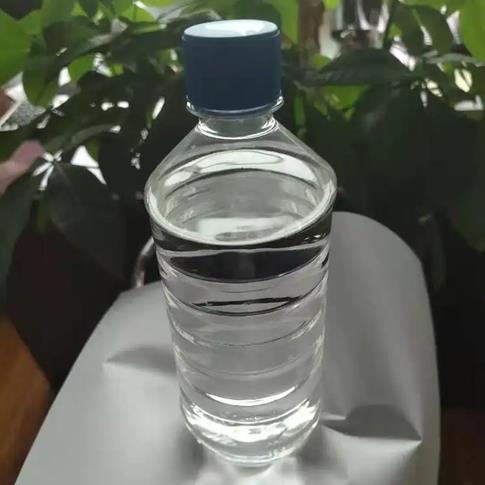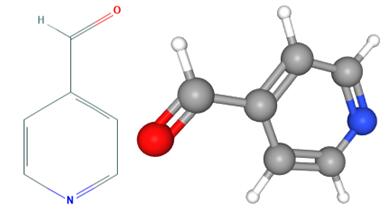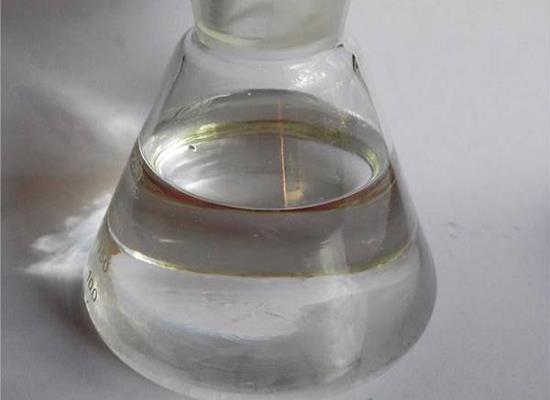4-Pyridinecarboxaldehyde: properties and applications in various fields
General Description
4-Pyridinecarboxaldehyde is an organic compound with distinct properties. It is a yellow liquid at room temperature and has a strong, pungent odor. It is sparingly soluble in water but dissolves readily in organic solvents. It is volatile with a relatively low boiling point. 4-Pyridinecarboxaldehyde has applications in various fields. In biosensors, it can be used to immobilize antibodies onto polymer films for efficient and stable biosensing. It has also been used in the synthesis of chitosan derivatives for corrosion inhibition purposes. The resulting nanocomposite showed high efficiency in inhibiting corrosion of aluminum alloy. In summary, 4-Pyridinecarboxaldehyde possesses unique properties and has applications in biosensors and corrosion protection materials.
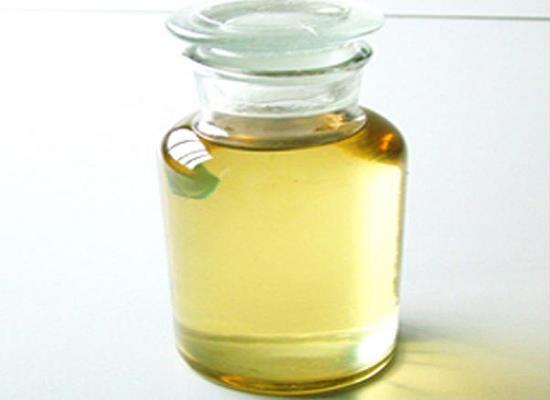
Figure 1. 4-Pyridinecarboxaldehyde
Properties
4-Pyridinecarboxaldehyde, also known as pyridine-4-carbaldehyde, is an organic compound with the chemical formula C6H5NO. It belongs to the aldehyde functional group and possesses several distinct properties. 4-Pyridinecarboxaldehyde is a yellow liquid at room temperature. However, it may solidify into a crystalline form at lower temperatures. It has a strong, pungent odor resembling that of pyridine, which can be described as sharp, acrid, and somewhat foul. This compound is sparingly soluble in water, but it dissolves readily in most organic solvents such as ethanol, ether, and chloroform. Its relatively low boiling point of approximately 130-135°C under normal atmospheric pressure makes it volatile. It is sensitive to air and light, and prolonged exposure to these conditions may cause oxidation and degradation. Therefore, it is recommended to store it in a tightly sealed container away from direct sunlight. Chemically, 4-Pyridinecarboxaldehyde is an aldehyde and exhibits reactivity towards various nucleophiles. It can undergo reactions such as condensation, reduction, and oxidation. Additionally, it can participate in typical aldehyde reactions like forming imines or reacting with nucleophiles at the carbonyl carbon. 1
Applications in various fields
Biosensors
4-Pyridinecarboxaldehyde has found various applications, and one such application is in the field of biochemistry and biosensing. In a recent study, a new polymer was synthesized by grafting 4-pyridinecarboxaldehyde onto poly(epichlorohydrin), resulting in a polymer film with aldehyde groups. The aldehyde groups on the surface of the polymer film enable direct immobilization of antibodies through covalent bonding with their amino groups. This approach allows for the efficient and stable attachment of antibodies onto the polymer film, making it suitable for biosensing applications. In the specific study mentioned, the polymer film was used to fabricate an electrochemical impedance immunosensor. Human immunoglobulin G (IgG) was chosen as the target analyte. The immunosensor demonstrated excellent sensitivity, detecting IgG in the range from 0.1 to 80 ng ml(-1) with a low detection limit of 0.07 ng ml(-1) (signal/noise [S/N]=3). Furthermore, the electrochemical impedance immunosensor exhibited good stability and reproducibility, making it reliable for practical applications. These findings highlight the potential of 4-Pyridinecarboxaldehyde-based polymers in the development of sensitive and reliable biosensors for various biomolecules. 2
Corrosion protection materials
4-Pyridinecarboxaldehyde has been utilized in the synthesis of a novel and environmentally friendly chitosan derivative for corrosion inhibition purposes. A study focused on applying the chitosan-4-pyridinecarboxaldehyde (CP) compound and dispersing titanium dioxide (TiO2) in CP to create a nanocomposite called CPT. Experiments were conducted to evaluate the corrosion inhibition effect of CPT on C3003 aluminum alloy in a 3.5 wt.% NaCl solution. Electrochemical techniques and surface analysis were employed for assessment. The findings demonstrated that the CPT nanocomposite exhibited a maximum inhibition efficiency of 94.5% when used at a concentration of 200 ppm, following immersion in the 3.5 wt.% NaCl solution for 72 hours. Furthermore, the contact angle of the alloy increased to 120°, indicating the formation of hydrophobic substances. This result suggests that the organic/inorganic hybrid strategy employed in this study holds promise for the development of chitosan-based corrosion inhibitors with high efficiency even at low concentrations. Overall, the application of 4-Pyridinecarboxaldehyde in the synthesis of chitosan derivatives for corrosion inhibition offers a promising avenue for the development of eco-friendly and effective corrosion protection materials. 3
Reference
1. 4-Pyridinecarboxaldehyde. NIST Chemistry WebBook.
2. Zhang X, Shen G, Shen Y, Yin D, Zhang C. Direct immobilization of antibodies on a new polymer film for fabricating an electrochemical impedance immunosensor. Anal Biochem. 2015 Sep 15;485:81-85.
3. Lai X, Hu J, Ruan T, Zhou J, Qu J. Chitosan derivative corrosion inhibitor for aluminum alloy in sodium chloride solution: A green organic/inorganic hybrid. Carbohydr Polym. 2021 Aug 1;265:118074.
Related articles And Qustion
Lastest Price from 4-Pyridinecarboxaldehyde manufacturers
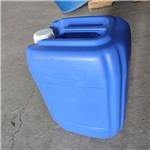
US $10.00/KG2025-04-21
- CAS:
- 872-85-5
- Min. Order:
- 1KG
- Purity:
- 99%
- Supply Ability:
- 10 mt

US $0.00-0.00/kg2025-04-04
- CAS:
- 872-85-5
- Min. Order:
- 1kg
- Purity:
- 98%
- Supply Ability:
- 1Ton

